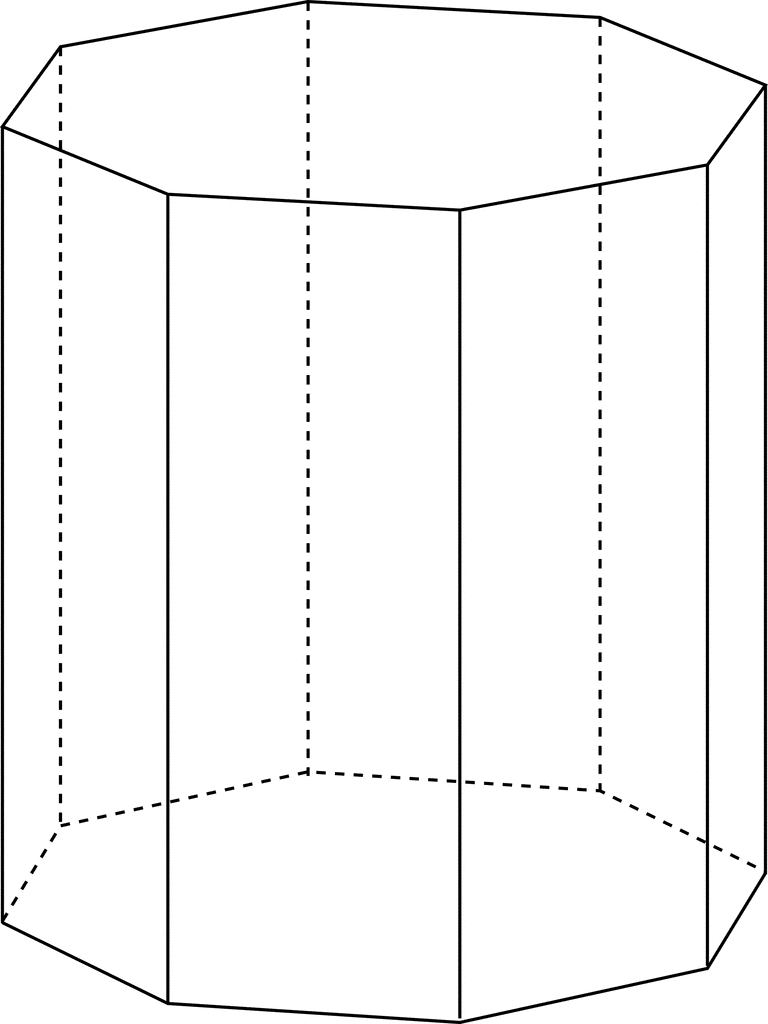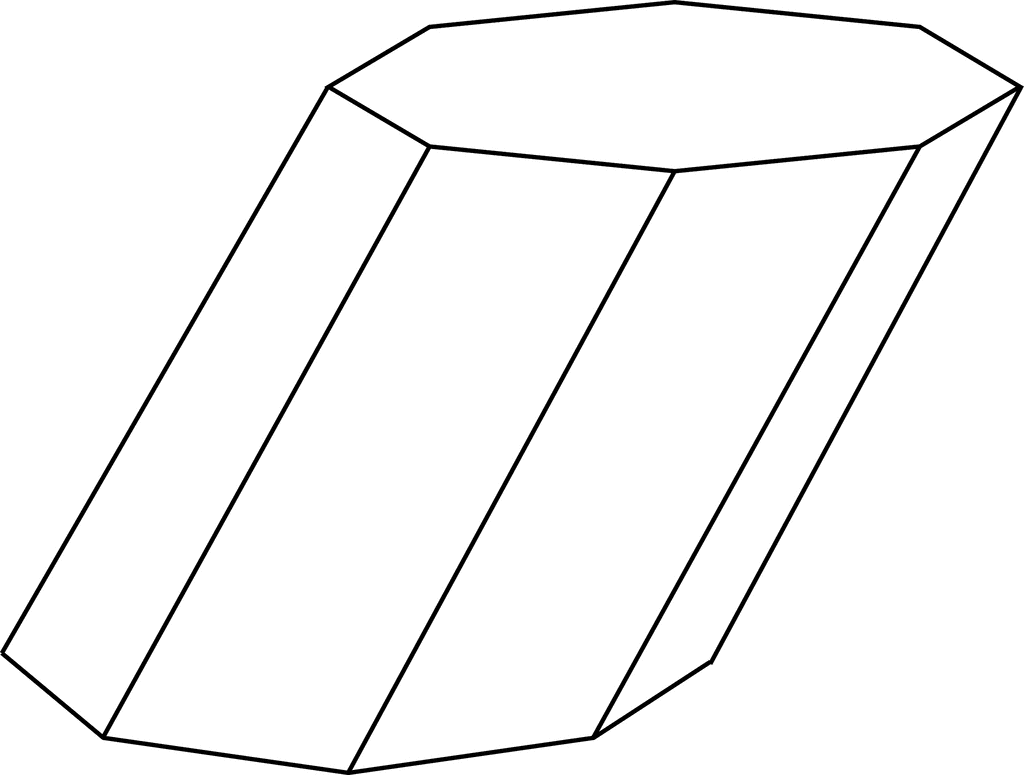

Say that the pool has a length of 8 feet, a width of 6 feet, and is 5-foot-deep. Okay, we know it's hard to keep your eyes away from the floaty unicorn, but let's get back to the problem at hand! Observe that, together with the base area, this allows us to translate the surface area of a rectangular prism formula intoĪ = 2 × A_b + A_l = 2 × l × w + 2 × l × h + 2 × w × h. All in all, we obtain that the lateral area, or A_l as we call it, is Also, the other side of one of the pairs is equal to the first base edge, say l, and the other is equal to the length of the second one, which is w. All of those have one side equal to h, the lateral edge (or the height) of the prism. What is more, among the four, there are two pairs of identical ones (the front and back wall and the left and right wall). We have four faces contributing to that number, and all of them are rectangles. Piece of cake, wasn't it? Well, let's now try to do something a little bit more complicated and move on to the lateral area. And that is precisely the formula for the base area: With our notation, it is a rectangle with sides l and w, so its area is l × w. Now, let's use that information to study the base of our prism. Recall that all the faces in our calculator are rectangles, and, as mentioned in the rectangle area calculator, they are calculated by multiplying the side lengths. Surface_area = 2 × base_area + lateral_area, Therefore, since the solid has two bases (the bottom one and the top one), the surface area of a rectangular prism formula is as follows: On the other hand, A_l denotes the lateral area, meaning the total area of the four lateral faces. Note that A_b denotes the surface area of a single base of our prism. h – the lateral edge length (also called the height of the prism).Let's start with the notation we use for them and for the other values in our surface area of a rectangular prism calculator: To see what is the surface area of a rectangular prism, we need to know all three of its sides.
OCTAGONAL PRISM HOW TO
Time to put the high-brow words aside and focus on how to find the surface area of a rectangular prism. Lastly, the sides of each rectangle are called edges (again divided into base edges and lateral edges). The bottom and top faces of the box are called bases, and each of the other four is called a lateral face. Note that this, in particular, means that there are three pairs of identical faces placed on opposite sides of the solid.Īlso, as with any other scientific definition, there are a few fancy names associated with the prism. Well, that is a rectangular prism! Or do you remember those drawings of houses that we did in kindergarten? Remove the angular roof, and you're left with another example of a rectangular prism.įormally (mathematically), a right rectangular prism is a solid where all six sides are rectangles that are perpendicular to one another.
OCTAGONAL PRISM FULL
A regular, rectangular box, just like the ones you see in the supermarket, full of whatever products.

Note: When calculating the edges, first we have to analyze the shape of polygon whether it’s a 3- dimension or dimensional, and next identify or differentiate the face, vertices or points of shape at last count the lines or edges which connected the vertices and corners of the faces.Before we see what the surface area of a rectangular prism is, we should get familiar with the prism itself. So, the total number of edges of an octagonal prism is: The two faces at either end are octagons and the rest of the faces are rectangular.Īs we know, octagon is a polynomial with eight sidesĪn octagonal prism will have two octagonal faces at top and bottom of the prism i.e., total number of sides or edges is: \.Īnd all eight corners of one octagon will be connected to eight corners of another octagon by forming 8 edges.

If faces are all regular, it is a semiregular polyhedron.Ī prism composed of octagonal faces is called octagonal prism. In geometry, the octagonal prism is the sixth in an infinite set of prisms, formed by square sides and two regular octagon caps. We have to calculate the total number of edges of an octagonal prism shape.

In a polyhedron or more generally a polytope, an edge is a line segment where two faces meet. In a polygon, an edge is a line segment on the boundary, and is often called a side. In geometry, an edge is a particular type of line segment joining two vertices in a polygon, polyhedron, or higher- dimensional polytope.


 0 kommentar(er)
0 kommentar(er)
